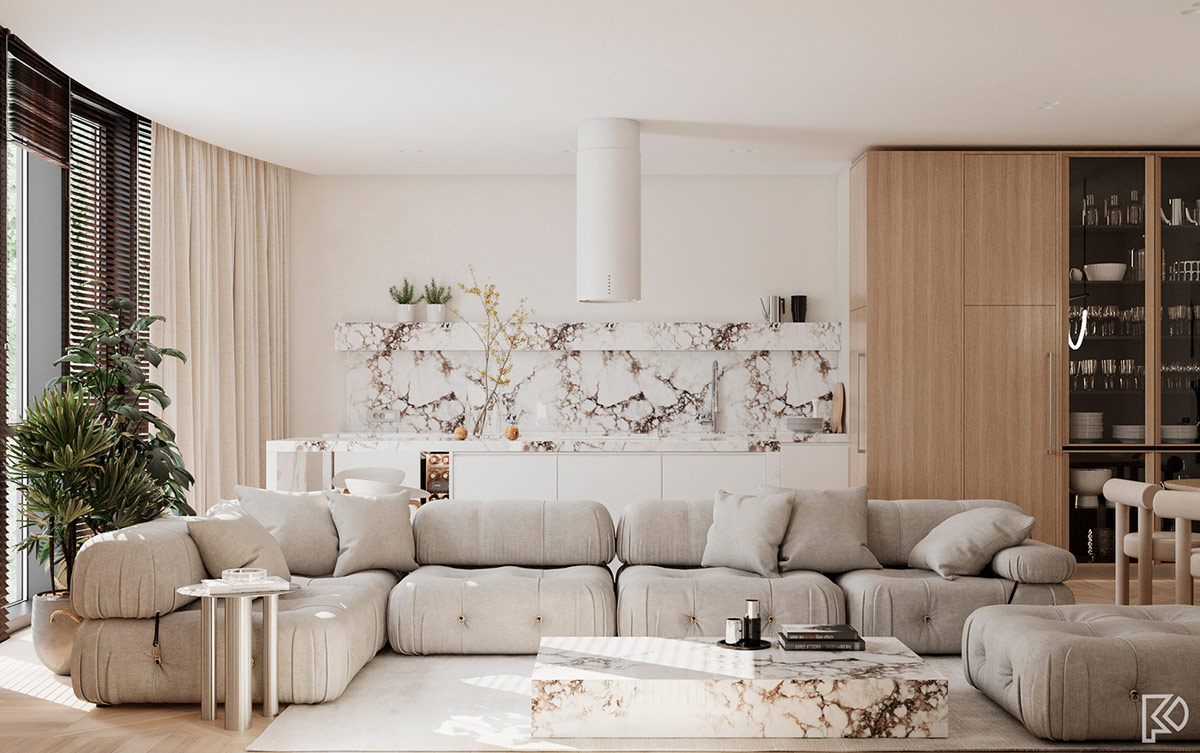When it comes to modern housing, bigger isn’t always better. From a surge in popularity for tiny homes to the sustainable trend of repurposing materials, people everywhere are looking for ways to downsize and live more efficiently. One particularly innovative idea has taken the housing market by storm: transforming shipping containers into cozy, functional residences. While the concept might seem outlandish to some, the process of building a shipping container home can be simpler than you might think.
However, as with any venture, there are pitfalls that can snare the unwary. Downsizing has its benefits, but also its challenges. Before you embark on your compact living journey, it’s crucial to be aware of common mistakes and learn from them.
1. Not Planning for Storage
This is a trap many fall into. When moving from a larger space to a smaller one, there’s a temptation to assume everything will fit. Always plan where you’ll put your belongings. Ingenious solutions, such as under-bed storage or hanging racks, can help optimize space. Need inspiration? Dive into how to create a sleep-inducing bedroom environment for ideas on efficient design.
2. Overloading on Furniture
It’s tempting to fill spaces with furniture to replicate the feel of a larger home. However, this can make a compact space feel cluttered. Choose multi-purpose furniture that can serve various functions, like a dining table that can also be a workspace.
3. Ignoring Vertical Space
In a smaller home, you might not have much floor space. But remember, walls can be used for storage too. Install shelves, hooks, or pegboards to store and display items.
4. Holding on to Too Much Stuff
It’s easy to accumulate things over the years. But when downsizing, it’s a chance to declutter and simplify. Be ruthless. If something doesn’t have a function or bring joy, it might be time to let it go.
5. Forgetting About Outdoor Space
If your property allows, take advantage of outdoor spaces. A small patio or balcony can be transformed into a cozy outdoor living area, adding an extension to your indoor space. With the right furnishings and plants, you’ve got a sanctuary.
6. Not Considering Future Needs
Think about what you might need in the next 5-10 years. While it’s essential to plan for now, your requirements may change, especially if you’re considering starting a family or if an elderly relative might move in.
7. Not Doing Enough Research
It’s essential to research thoroughly before taking the plunge. Learn about building regulations in your area, study different compact home designs, and, most importantly, budget correctly. There are numerous online resources and communities devoted to small living. 5 amazing inventions you can make from spare parts is a great starting point for those looking to innovate on a budget.
Conclusion
Downsizing can be a liberating experience, offering a chance to declutter both your space and your life. While there are challenges to consider, with research and careful planning, it’s more than possible to create a compact living space that’s both functional and stylish. Whether you’re considering a tiny home, apartment, or even a shipping container residence, the key is to adapt and innovate. After all, home is where the heart is, no matter its size.
Maximizing Natural Light in Small Spaces
One of the major challenges in downsizing is ensuring that your new smaller space doesn’t feel dark and claustrophobic. Fortunately, this can be mitigated by allowing as much natural light into the home as possible. Large windows, strategically placed mirrors to reflect sunlight, and the use of sheer curtains can all help illuminate the interiors. Having an abundance of natural light not only makes a space feel more expansive but also promotes a healthier living environment, reducing dependence on artificial lighting and potentially lowering energy costs.
Also read: Styling Transitional Carpets: Adding Modern Floor Look to Your Space
The Psychological Benefits of Downsizing
Beyond the practical and economic advantages, downsizing can offer profound psychological benefits. Living in a smaller space often leads to a simpler lifestyle, free from the burden of unnecessary possessions. This decluttering can result in reduced stress and a clearer mental state. Moreover, it forces homeowners to truly evaluate what’s essential, leading to a more intentional and mindful approach to life. With fewer distractions and clutter, people often find they have more time for hobbies, self-care, and spending quality moments with loved ones.
Incorporating Sustainable Practices in Compact Living
As the world becomes more conscious of environmental concerns, there’s a growing movement to integrate green and sustainable practices into home design, especially in compact living spaces. Solar panels, rainwater harvesting systems, and green roofs are just a few ways homeowners are making their smaller residences eco-friendly. Sustainable materials like bamboo or reclaimed wood can also be used for furniture and fixtures. By choosing to live in a smaller space, you’re already reducing your carbon footprint. With a few additional steps, you can make your home a beacon of sustainability.

